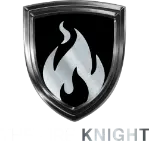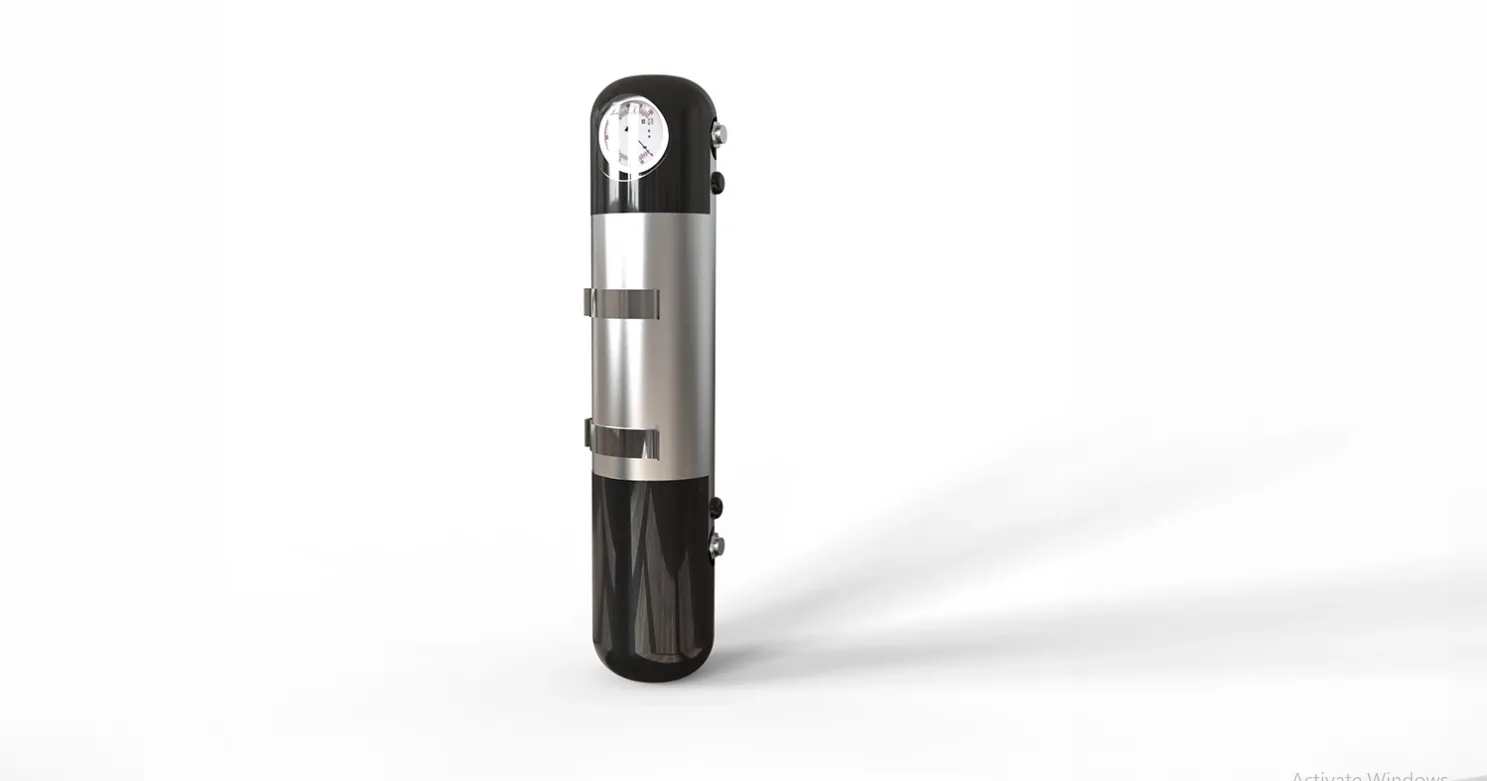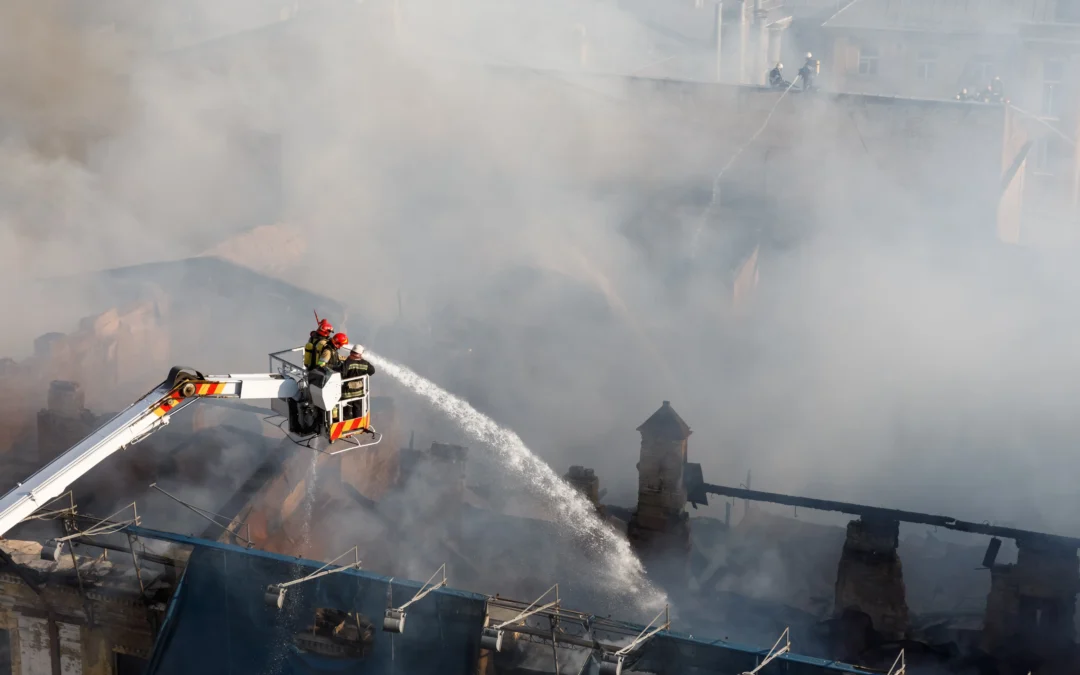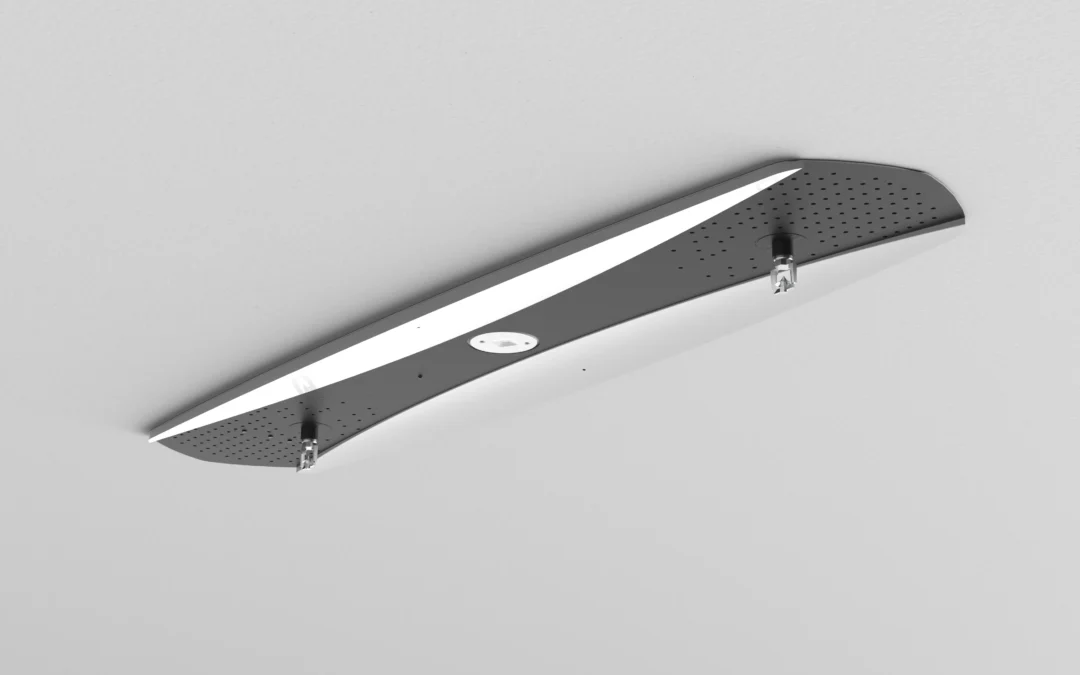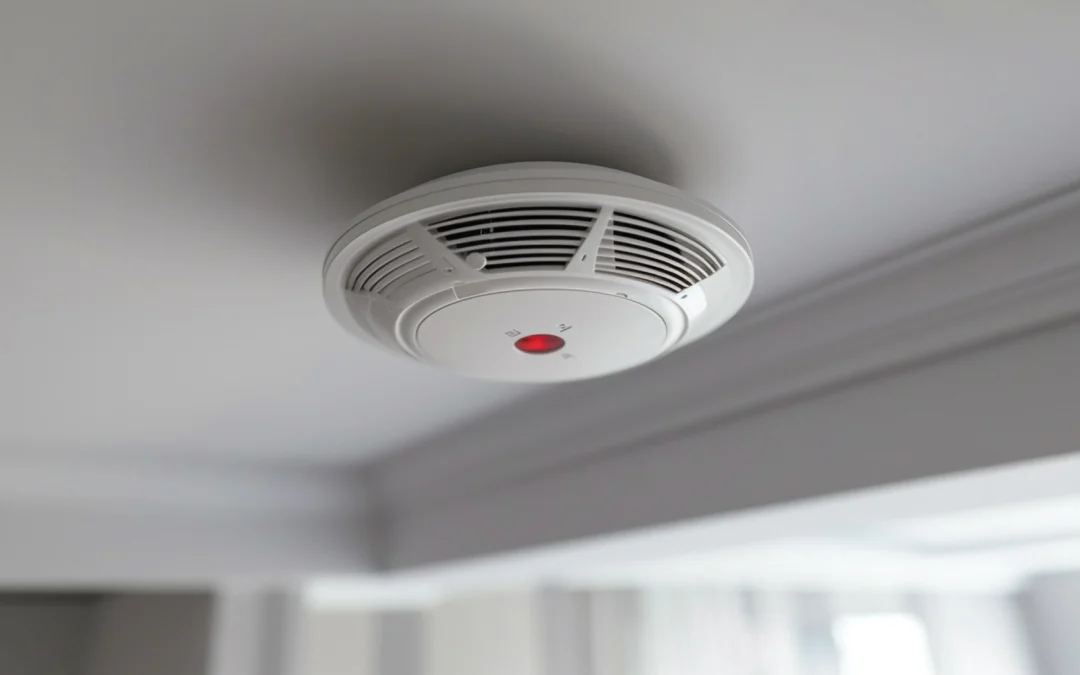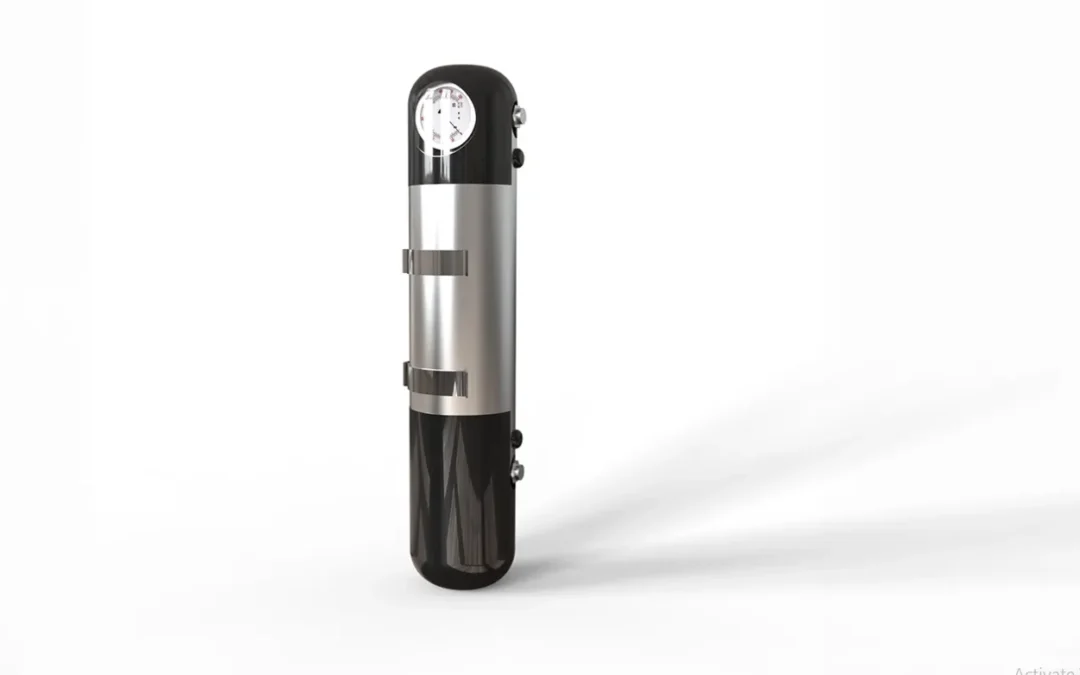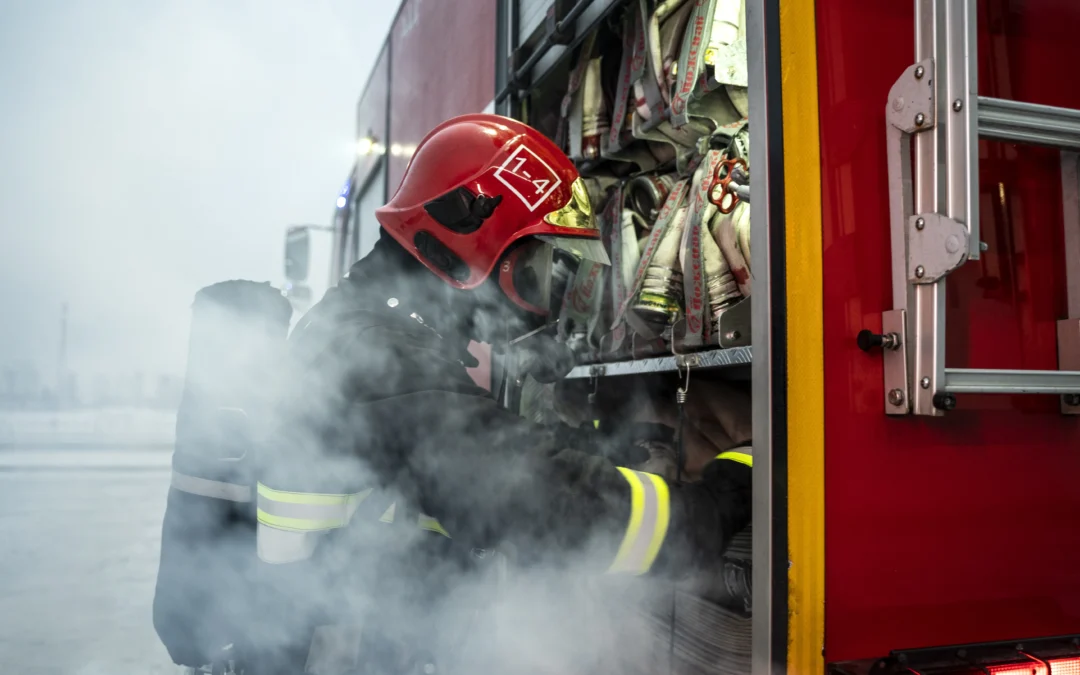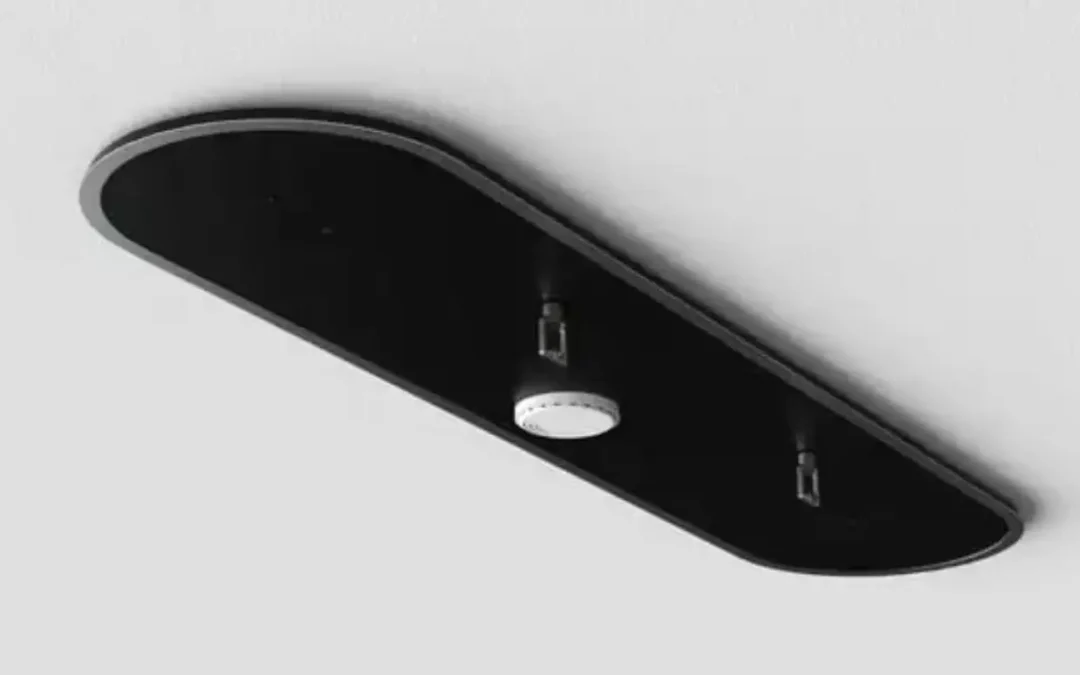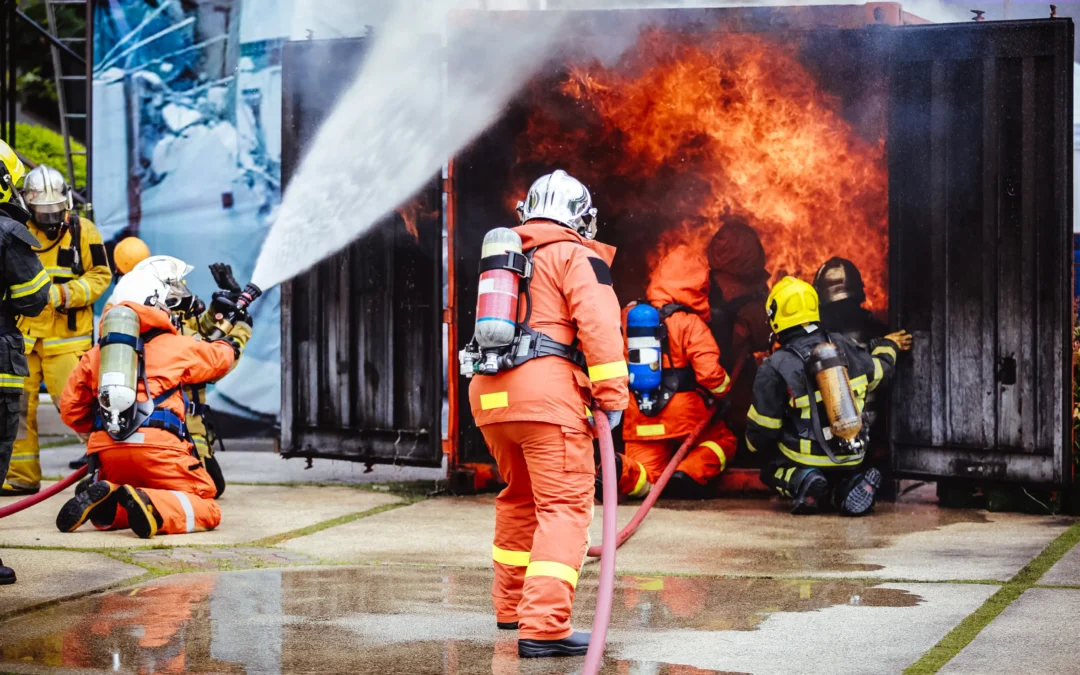Innovation changes almost every aspect of our lives, including how we protect our houses from fire. In today’s technology-powered world, smart fire protection services transfer home safety from reactive to active, automation, AI, and connected devices to detect and respond much faster than ever.
From the future notice of distance monitoring, this article examines the technologies that redefine housing fire safety, and now, why it is time to upgrade.
Why does smart fire protection require
Housing fire is still one of the main causes of loss of properties and loss of life globally. Traditional fire alarms and extinguishers, while useful, depend on human reaction, and often react very late.
Smart Four Protection Services are running ahead. These systems combine real-time monitoring, AI-operated analysis, and automation to first detect hazards, and action can be triggered immediately. Since smart houses have become more common, integrated safety is no longer a luxury – this is a requirement.
What are smart fire protection services?
Smart fire protection services are modern, connected systems designed to prevent, detect, and respond more efficiently than traditional methods. These solutions usually include:
Smart Heat and Gas Detector (CO, including VOC, LPG, Method) Mobile app or command center AI-driven secured analysis and early warning Automatic oppression system activation 24/7 Remote monitoring and accident logging Integration through mobile app or command center through mobile apps or command centers, eg, HVC)
What should I discover about VOC?
VOC stands for volatile organic compounds – these are chemicals released from plastic, solvents, furniture, and construction materials. Elevated VOCs may indicate overheating of materials or combustion before smoking, leading to a first warning of potential fire hazards.
Smart devices provide strength for shifts in fire safety
Smart Detector (CO, CO₂, LPG, Method)
This standard goes beyond the alarm. They send a notice to your phone, provide system status, and inform you from a distance of high gas levels or fire risk.
IoT-connected DAMAN system
These systems become active automatically when they detect a rapid temperature increase or flame. They immediately warn emergency services and homeowners.
Thermal imaging camera
Some integrated systems use thermal cameras to detect hotspots or heat deviations before a fire ignites.
Smart socket and circuit monitoring
They detect electrical irregularities and can automatically turn off the current and prevent short circuits and fire in equipment.
Mobile monitoring and control apps
Apps allow you to receive notifications, see sensor data, and even trigger oppression manually if necessary.
How AI and future analysis improve the reaction to the fire
Artificial intelligence helps the smart system to learn from the sensor pattern to separate the real threats from false alarms.
Large benefits include:
Preliminary warnings before visual signals of the fire. Less false alarms, auto activation of the oppression system, future insight (eg, inadequate equipment, Overheating, G), and spontaneous integration with modern homes.
Smart fire protection systems can integrate with existing smart home infrastructure. For example:
Close the HVAC system to slow smoking. Unlock smart locks during an emergency. Enable emergency lighting. Inform emergency contacts immediately.
This interconnected approach ensures a coordinated response when the other matters most.
External monitoring and emergency preparedness
Modern systems provide 24/7 monitoring, even when you are gone:
The emergency services can be informed automatically. Real-time Imager and Data Guide Respondents. Family members can be notified through the app. System logs provide a full overview of any event.
This level of automation and television is continuously important for passengers and older homeowners.
Now, why upgrade smart fire protection
Fast Detection = Fast Response
Smart systems work faster than people in emergencies.
Control from anywhere
Mobile access keeps you in the loop, wherever you are.
Insurance exemption
Many insurers provide low premiums for homes with certified smart fire systems.
Fewer False Alarms
Advanced sensors and AI reduce disturbances.
Prolonged savings
Property damage over time, low insurance costs, and fewer false alarms are similar to real financial benefits.
The Fire Night: Smart Four Protection for Australian Homes
Before innovation, Four Night is a reliable supplier of intelligent four Daman technology in Australia.
Provides fire at night:
Watching system – ideal for homes and businesses, to detect advanced flame and gas with automated suppression. Komodo System – Designed for vehicles, server racks, and compact spaces. VOC, CO, and gas detection. APPLIANCE IN REAL TIME and Emergency Lighting. Wireless layout and remote access. 24/7 Command Center Support (Optional)
These systems do not depend on the detection of smoke, but quickly use more accurate flame, temperature, and gas detection. Why are fire sprinklers not enough alone?
While sprinklers are valuable, they have many limitations:
Delayed activation: They usually require high-heat structures to trigger them. No smart notifications: Sprinklers don’t inform you or emergency services. Water damage: They suck the entire room into the fire. To detect no gas or VOC, they do not detect invisible dangers such as gas leaks or overheating of electronics.
Smart suppression systems that protect provide rapid response, selective activation, and minimal security damage.
conclusion
Fire safety has evolved. It’s no longer about alarm and extinguishing – it’s about a wise, connected network that helps detect, press, and alert in real time.
Whether you upgrade an existing house or take a new construction, investing in smart fire protection services is one of the most responsible decisions you can make.
